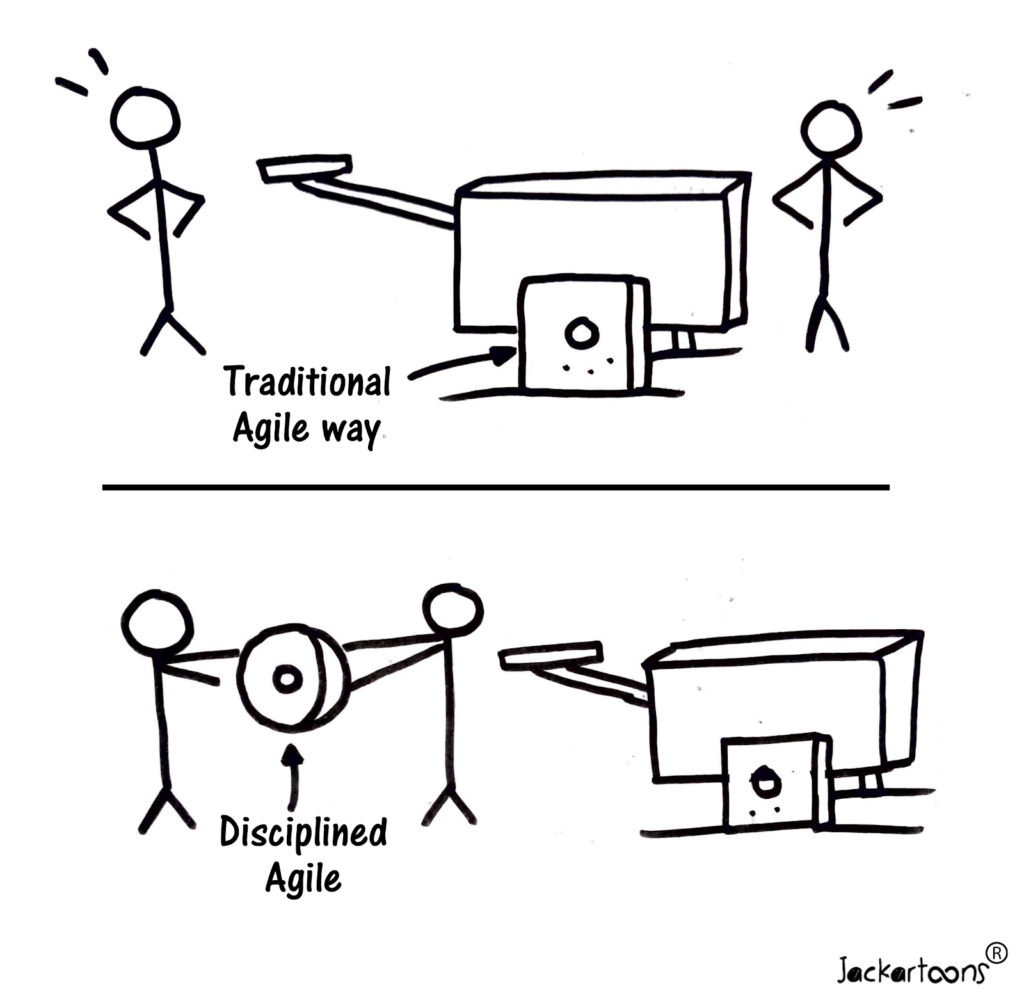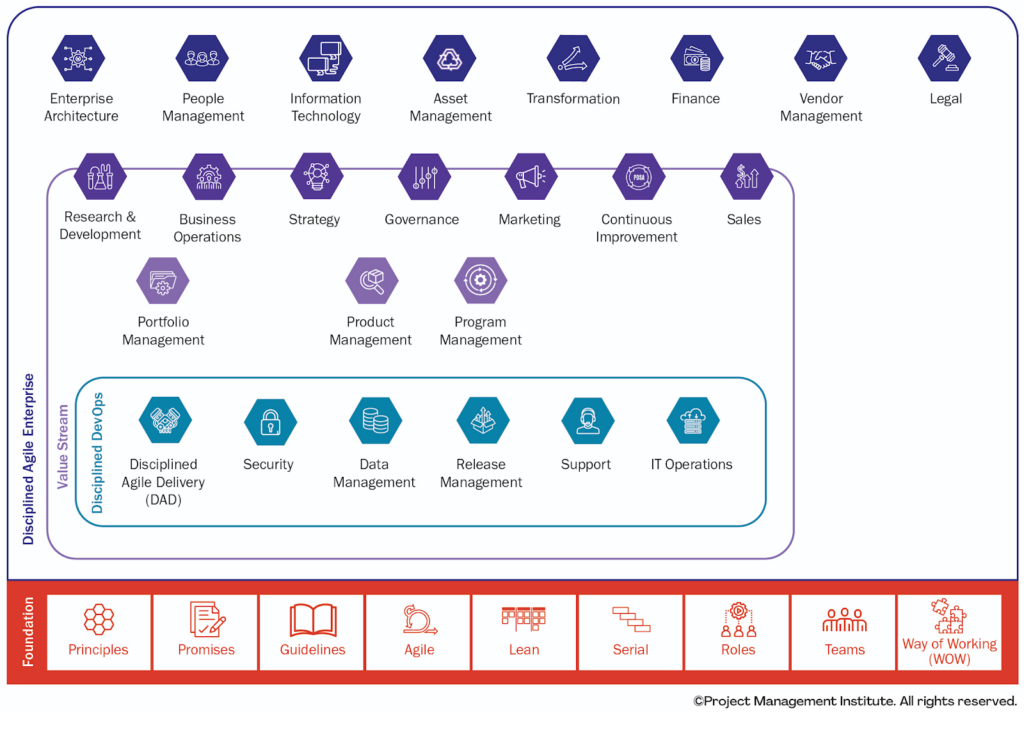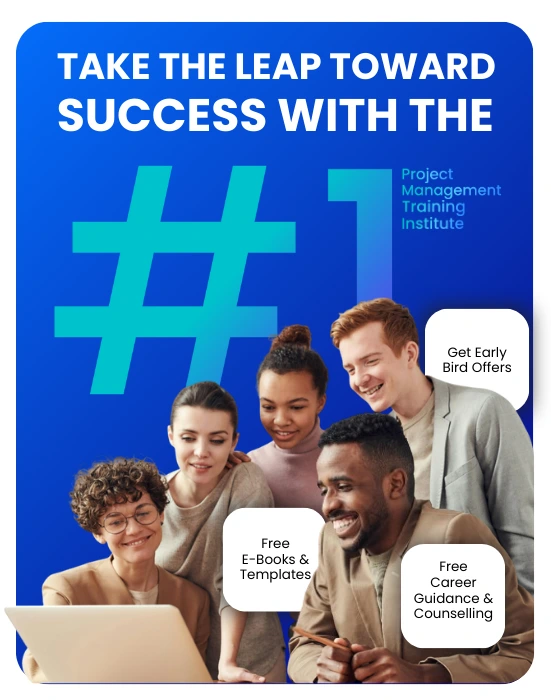“Many of the challenges that teams are facing are out of scope for scrum and the teams need to look to other methods with overlapping parts and conflicting terminology. DAD attempts to address these challenges by using a people-first, learning-oriented, hybrid approach to IT solution delivery.” state Mark Lines and Soctt Ambler in Choose Your WoW! A Disciplined Agile Delivery Handbook for Optimizing Your Way of Working.
Scott Ambler, who co-led the development of DAD, states “Many agile methodologies—including Scrum, XP, AM, Agile Data, Kanban, and more—focus on a subset of the activities required to deliver a solution from project initiation to delivery. Before DAD was developed, you needed to cobble together your own agile methodology to get the job done.”
Scott Ambler and Mark Lines initially led the development of DAD. It was developed to provide a more cohesive approach to agile software development; one that tries to fill in the process gaps that are (purposely) ignored by Scrum, and one that is capable of enterprise-level scale.
DAD was developed as a result of observing common patterns where agility was applied at scale successfully.

In 2015 the disciplined agile (DA) framework, later to become the disciplined agile toolkit, was developed. This was called Disciplined Agile 2. x. DAD formed the foundation for DA. A second layer, disciplined DevOps, was added as was a third layer called disciplined agile IT (DAIT). These layers, respectively, addressed how to address DevOps and IT processes in an enterprise-class setting.
DA 3. x was released in August 2017 to introduce a fourth layer, disciplined agile enterprise (DAE), to address the full process range required for business agility.
In December 2018, DA 4, now referred to as the disciplined agile toolkit, was released. It focused on a completely revamped description of DAD and a team-based improvement strategy called guided continuous improvement (GCI).
In August 2019, disciplined agile was acquired by Project Management Institute.





